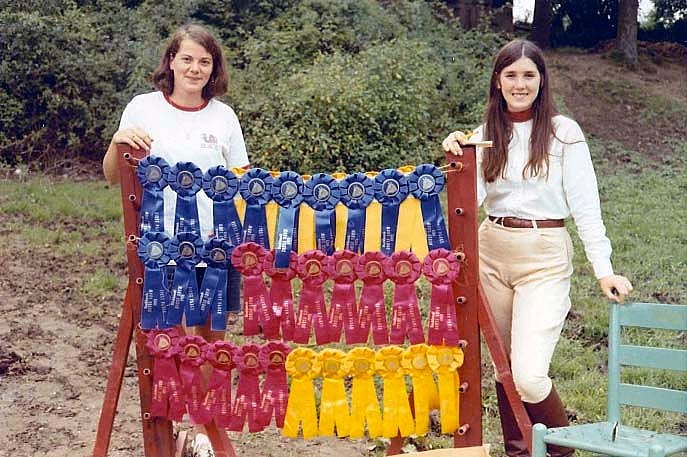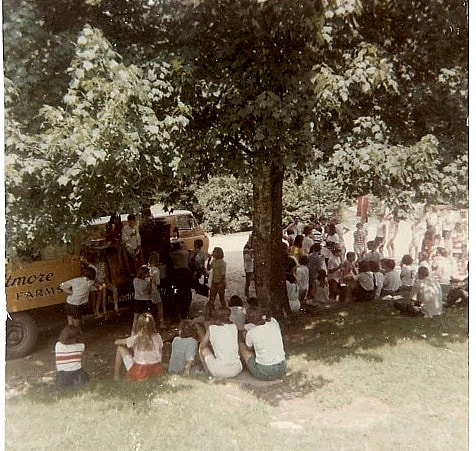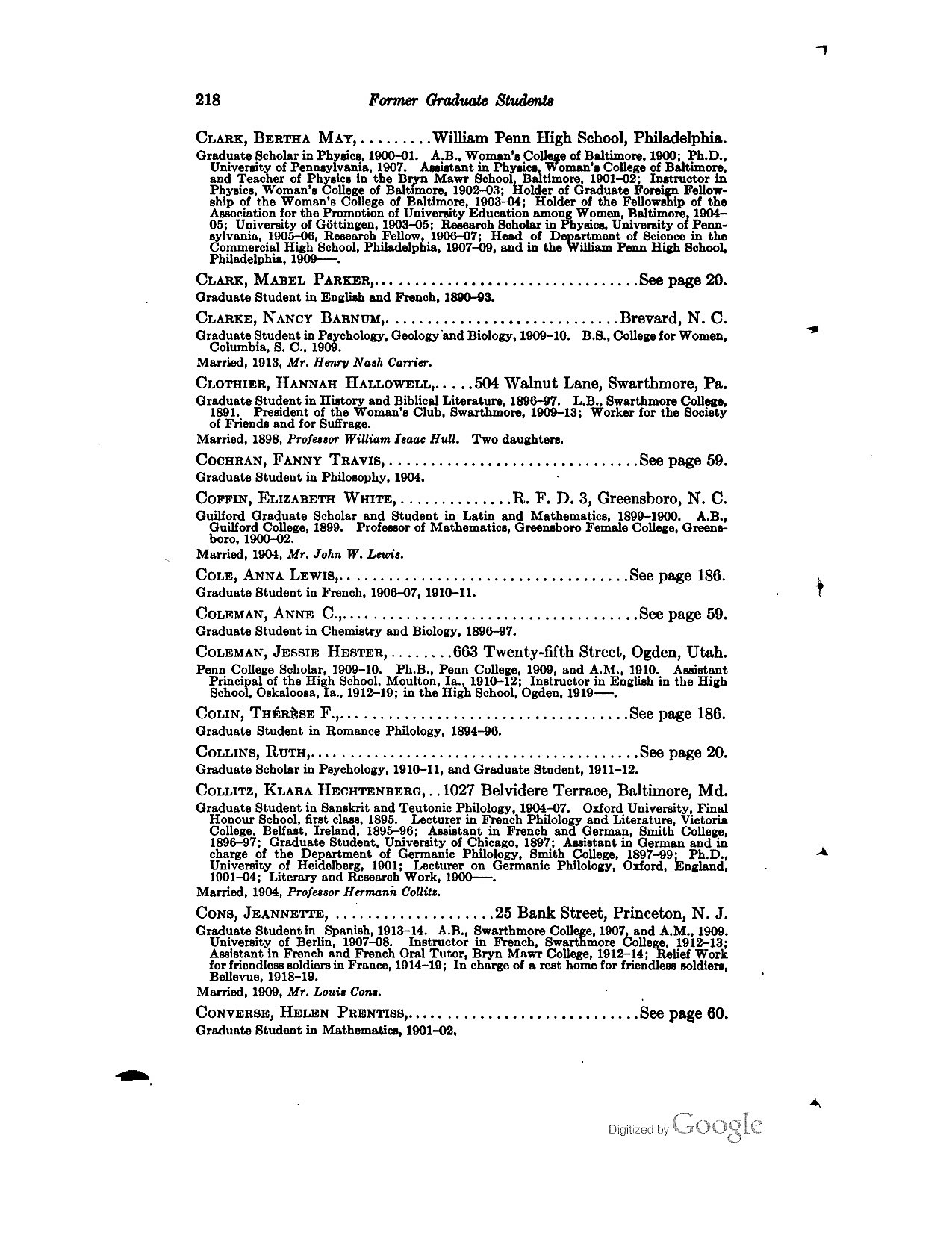Arts and crafts has been an important part of the program at Rockbrook since it’s founding in 1921. Giving girls the chance to express themselves creatively, the crafts program features many specialties such as jewelry making, pottery and painting.
A favorite creative outlet at Rockbrook is weaving on the loom. Weaving takes place as part of the “Curosty” activity. Curosty (a regional term for “know-how”) is the home of our fiber arts classes which include weaving, basketry, knitting, cross stitch, and needlepoint. The class takes place in our 19th century log cabin which can be seen in the photo above.
In a catalog from the 1930’s Curosty is described as: “a place where the lore of the mountains is preserved in the indigenous craft of weaving.” In the 1920’s the creative outlets were also considered important to young women as they would “help make their homes more attractive.” Although the roles of young women have changed a lot since the 1920’s, the creative outlets still give the campers the chance to express themselves creatively and expand their skills in a multitude of outlets.
Learn more about our current camp weaving program which still features weaving on the very same looms from the 1930’s!


















